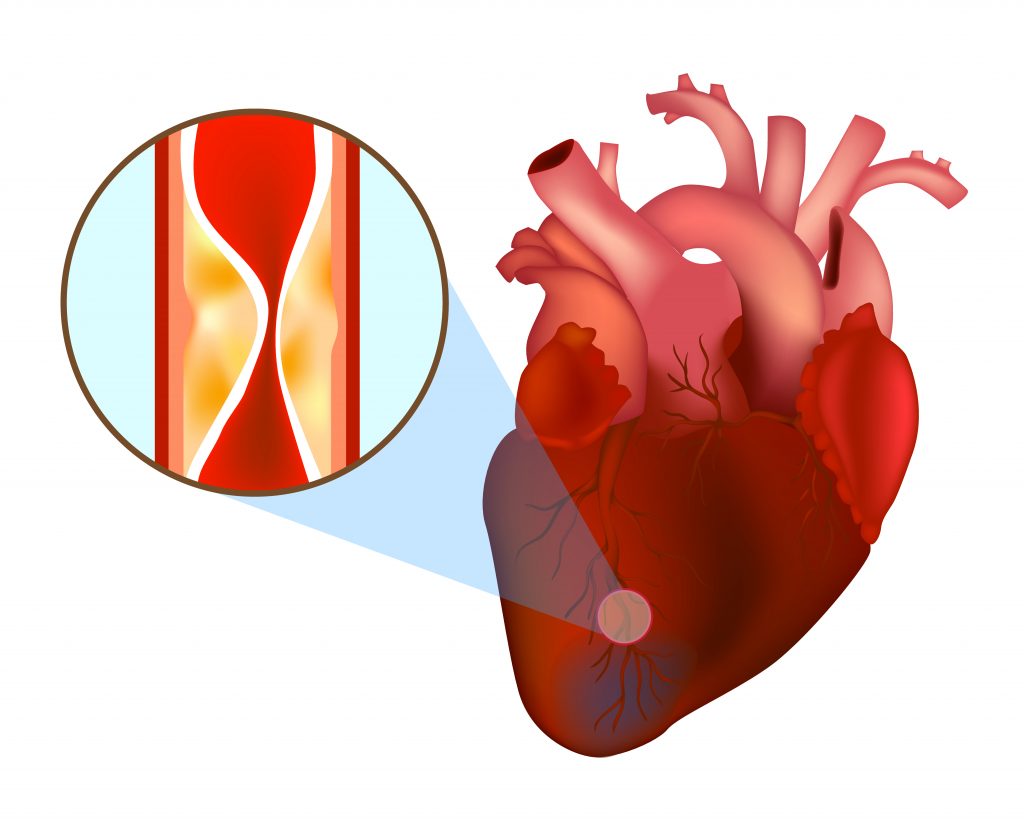Arq. Bras. Cardiol. 2021; 117(1): 26-27
ST-Segment Elevation Regression as a Predictor of Reperfusion in Acute Myocardial Infarction: A Persistent Unknown
This Short Editorial is referred by the Research article "Accuracy of Post-thrombolysis ST-segment Reduction as an Adequate Reperfusion Predictor in the Pharmaco-Invasive Approach".
Ischemic heart disease is the leading cause of death worldwide, as well as in Brazil. Its most severe presentation is the ST-segment elevation myocardial infarction (STEMI), for which early reperfusion constitutes the main therapy to decrease mortality. Although primary percutaneous coronary intervention (PCI) is considered the “gold standard” treatment for STEMI, it is not sufficiently available, and access to PCI is still unequal., The electrocardiogram (ECG) is the main tool for the early diagnosis of AMI and for the decision about the ideal therapy to be implemented. Considering the ease to obtain the ECG, as well as its availability and feasibility in the emergency department, the ST-segment elevation reduction (STR) is proposed as the best tool to predict therapeutic success after thrombolysis. However, the method has recognized limitations, which have motivated further investigations.
In this context, the article “Accuracy of Post-thrombolysis ST-segment Reduction as an Adequate Reperfusion Predictor in the Pharmaco-Invasive Approach” aimed to assess changes in the post-fibrinolysis ST-segment and its power to predict adequate reperfusion using the angiographic scores TIMI-flow and myocardial blush grade (MBG) as criteria for ideal reperfusion. In this study, 2,215 patients diagnosed with STEMI were submitted to fibrinolysis and referred for angiography within 24 hours, or immediately referred to rescue PCI in case of failure. The ECG was performed pre-Tenecteplase (TNK) and 60 min after, and the patients were categorized into: those with ideal reperfusion (TIMI-3 and MBG-3) and those with inadequate reperfusion (TIMI flow <3). The reperfusion criteria was defined as an STR >50%. The reperfusion criterion at the ECG showed a positive predictive value (PPV) of 56%; negative predictive value (NPV) of 66%; 79% of sensitivity; and 40% of specificity. There was a weak positive correlation between the STR and the ideal reperfusion angiographic data (r = 0.21; p <0.001) and low diagnostic precision, with an area under the ROC curve of 0.60 (95% CI; 0.57-0.62). The results showed that the STR was unable to accurately identify patients with appropriate angiographic reperfusion. Therefore, it is proposed that even patients with apparently successful reperfusion in the ECG should be referred to angiography, to ensure an adequate macro/microvascular flow.
[…]
Keywords: Predictor; Regression; reperfusion; ST-segment elevation
1,958

